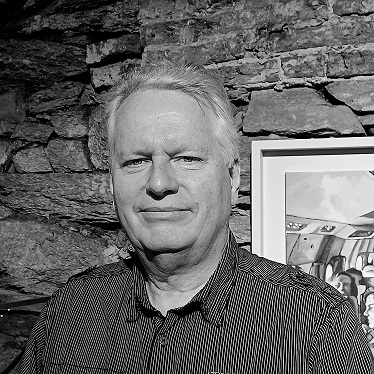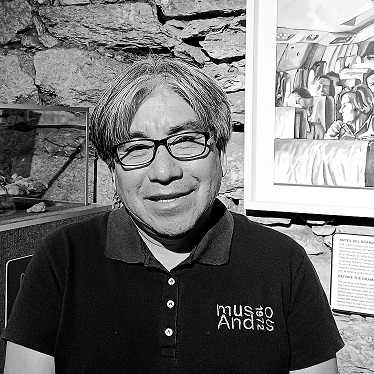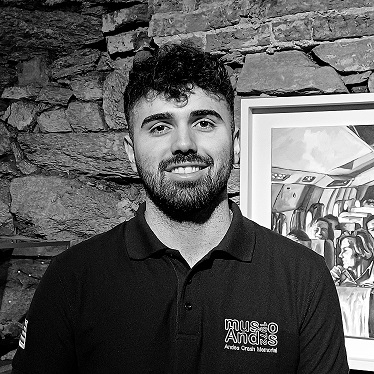Museum history
In 2012, four decades after the tragedy / miracle in the Andes, there was still no museum to disseminate the values that emerge from this story. In order to also pay tribute to the 45 people who were on the plane, during that year a series of exhibitions were held that would later become the Andes 1972 Museum.
Thus, on Friday October 11, 2013 the museum opens its doors at the initiative of its founder, curator and director: Jörg P. A. Thomsen.
We intend to awaken or keep alive in the memory of the general population this inspiring and unique story in the world.
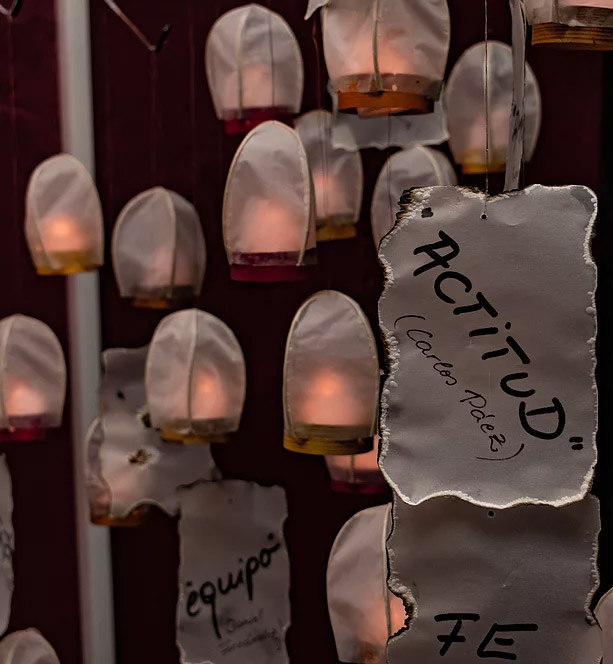
Exposure
The museum's permanent exhibition covers 400 m2 on 3 levels with more than 45 information panels, 35 display cases with original objects and previously unpublished audiovisuals.
It features works of art inspired by history, created by the survivors themselves or by other artists touched by this tragedy/odyssey.
Visitors can experience the Andean Conditions Simulator where they can experience temperatures of up to -15 °C and wind gusts of up to 10 km/h.
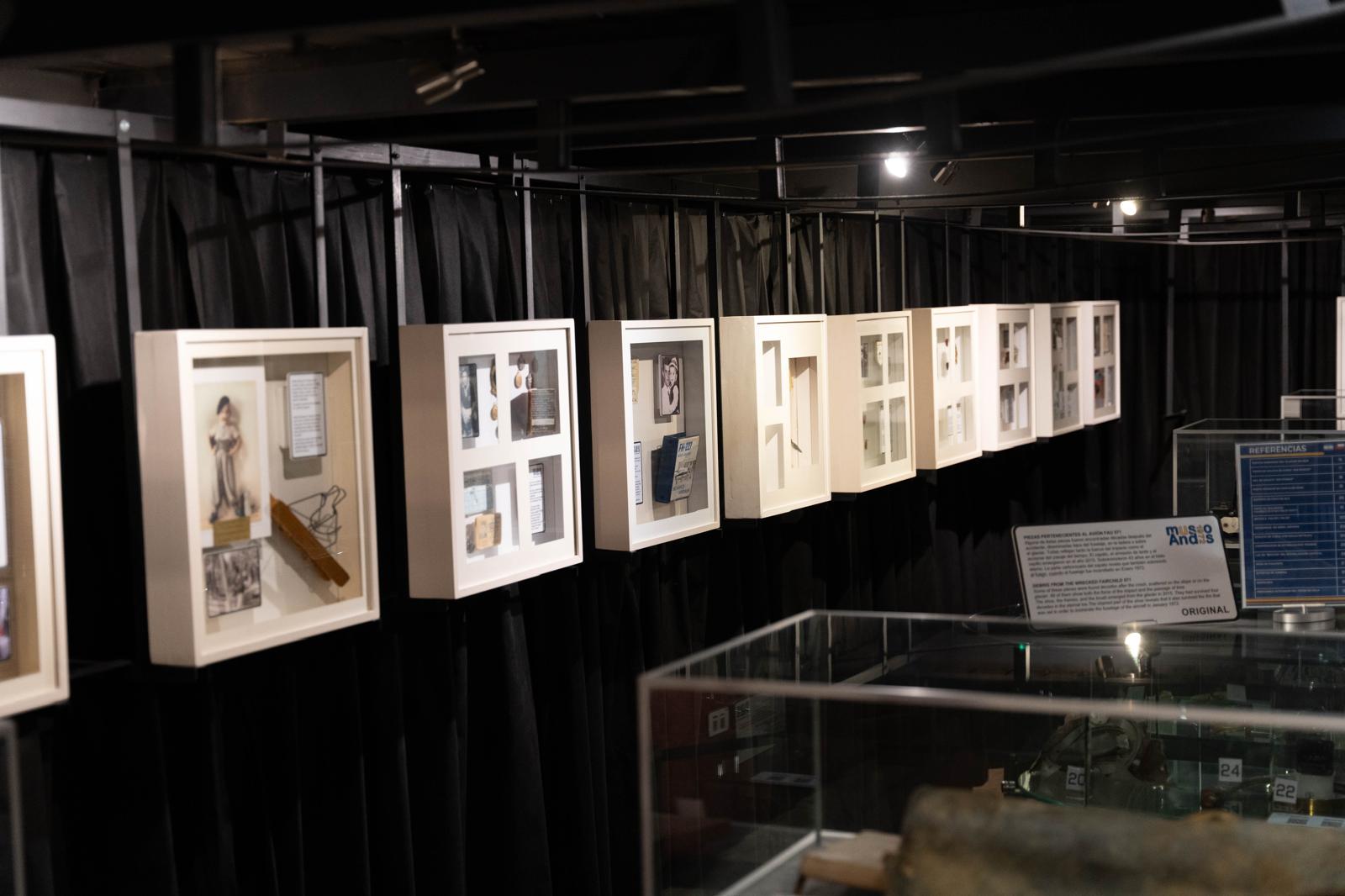
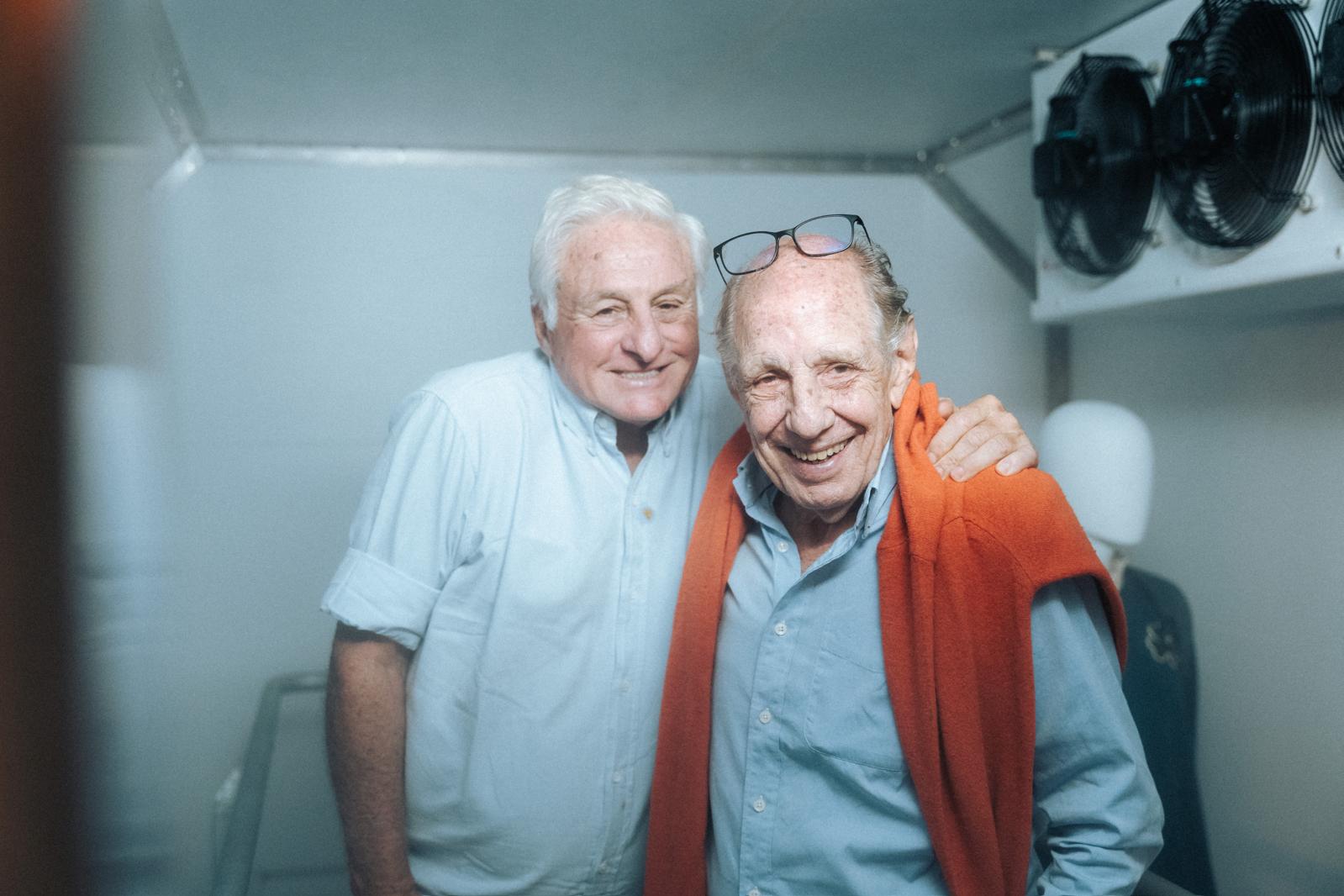
The Building
The building was erected in the second half of the 19th century. It is part of a symmetrical construction together with the building adjoining it to the west. The ground floor was used as a family home. The facade features a plinth course made of granite and the decoration of the upper floor has Corinthian pilasters and balconies made of Carrara marble.
The columns inside the building are made of cast iron. The load-bearing walls are a mixed structure, combining hand-made brick of the time and rock recovered from the rests of the Colonial town wall of Montevideo after it was demolished in 1829.
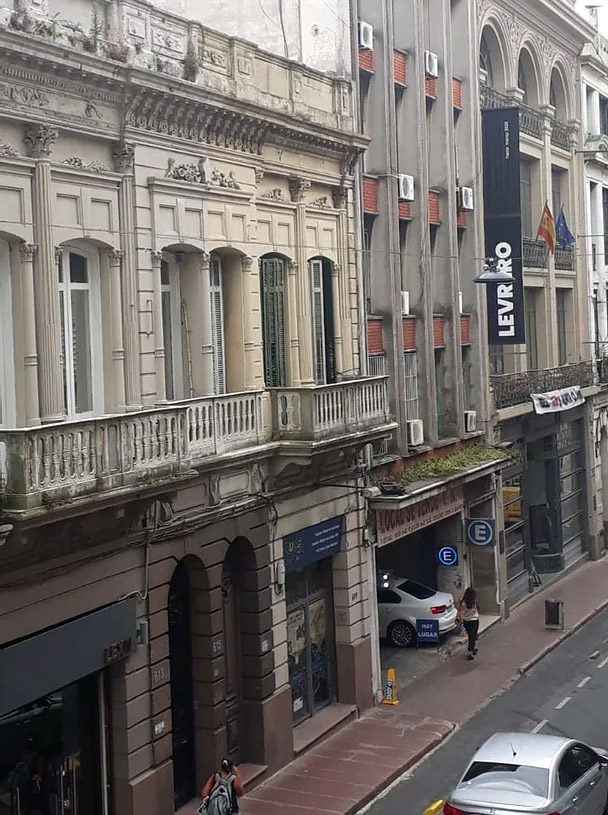
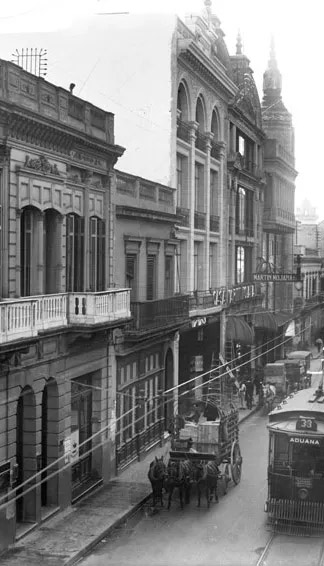
Rincón Street corner with street Juan Carlos Gómez. Year 1922.
(Photo: 03157FMHGE.CDF.IMO.UY – Author: S.d./IMO)
